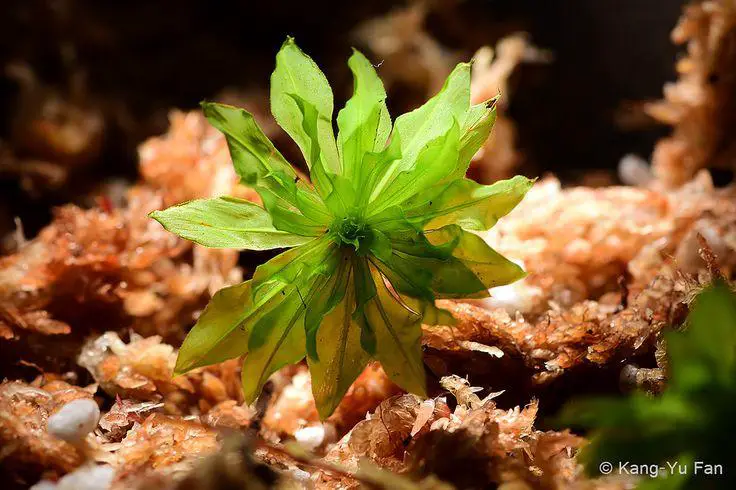
194d43062c6610a65119c010419981b0.jpg from: https://www.pinterest.com/pin/rhodobryum-giganteum–777152479423470062/
Introduction
In the vast and captivating world of bryophytes, one moss species stands out as a true giant among its kind – the Rhodobryum giganteum (Schwägr.) Paris. Belonging to the Bryaceae family, this remarkable moss is also commonly referred to as Rhodobryum. Prepare to embark on an enchanting journey through the realm of this extraordinary plant, where we’ll unravel its secrets and appreciate its unique place in the natural world.
Background
Before delving into the intricacies of Rhodobryum giganteum, it’s essential to understand the broader context of bryophytes. These non-vascular plants, which include mosses, liverworts, and hornworts, are often overlooked but play a crucial role in various ecosystems. They are among the oldest land plants on Earth, with fossil records dating back over 400 million years. Despite their diminutive stature, bryophytes are true marvels of resilience and adaptation.

rhodobryum_giganteum_1641205538_5905f3e3.jpg from: https://www.carousell.sg/p/rhodobryum-giganteum-1135152791/
Main Content
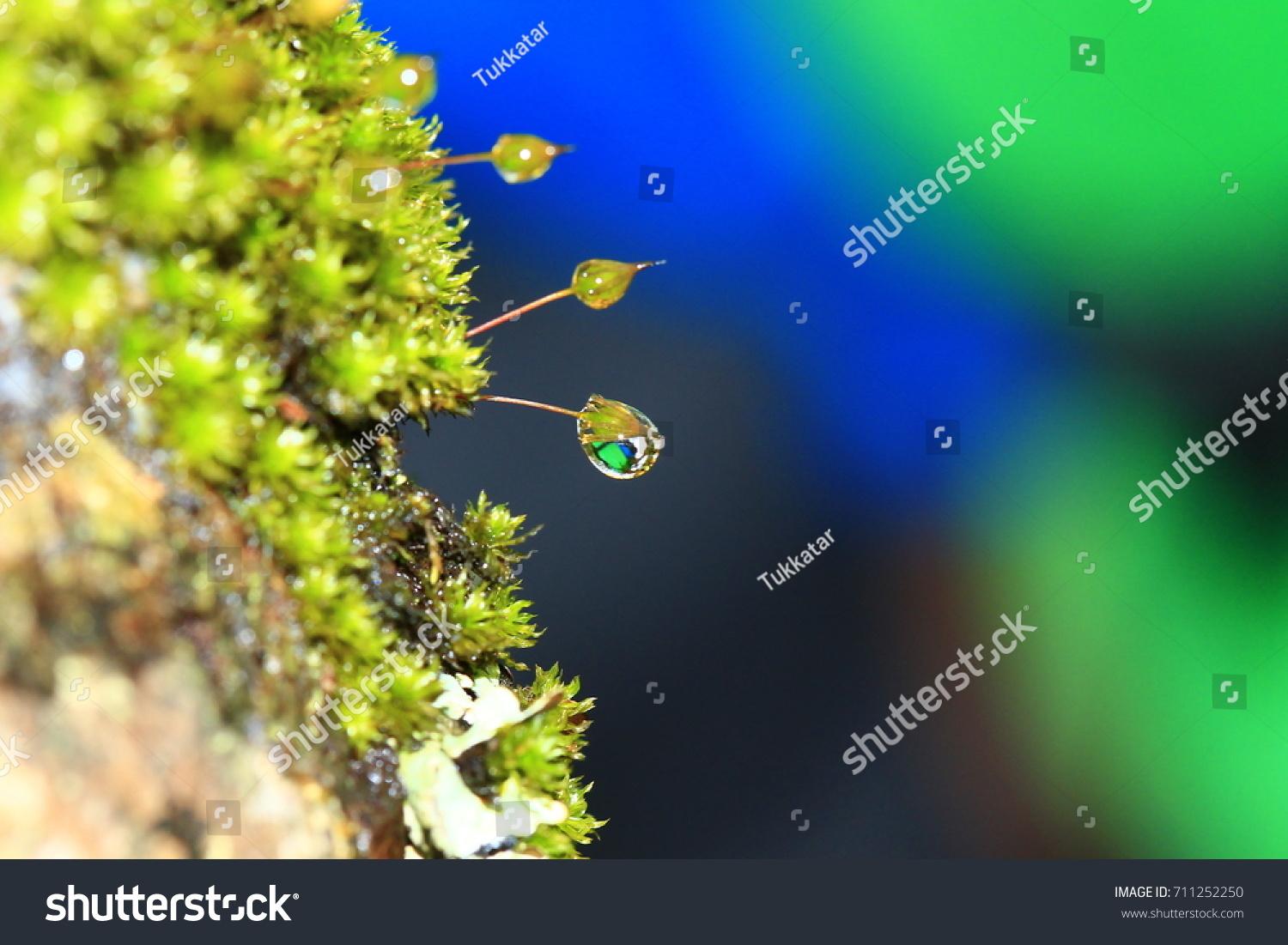
stock-photo–frame-moss-taxiphyllum-sp-rhodobryum-giganteum-in-the-nature-711252250.jpg from: https://www.shutterstock.com/image-photo/frame-moss-taxiphyllum-sp-rhodobryum-giganteum-711252250
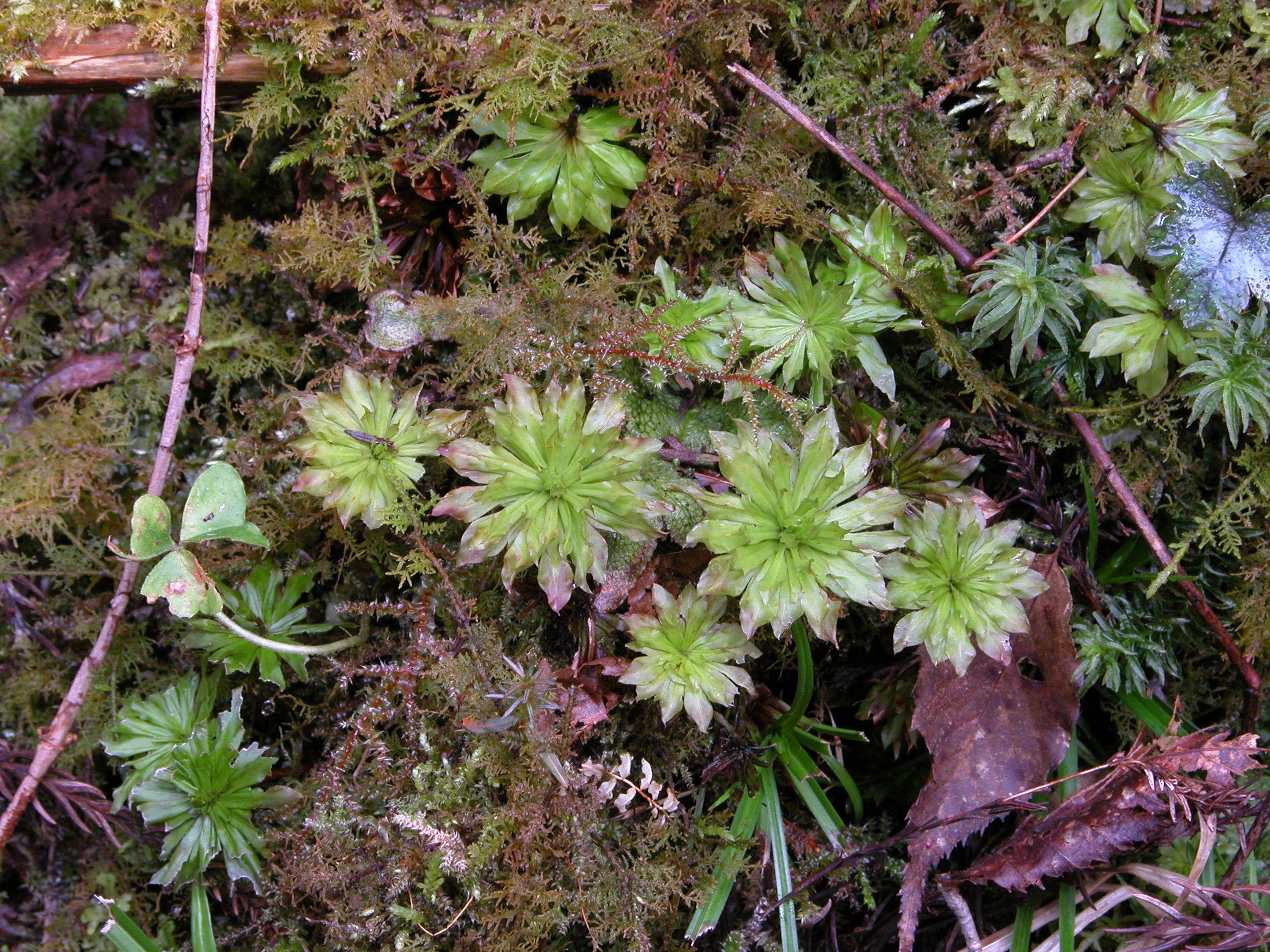
OYK064-W03_040406_036.jpg from: https://ffish.asia/?page=file&pid=71500
Morphology and Identification
Rhodobryum giganteum is aptly named, as it is indeed a giant among mosses. This species can reach impressive heights of up to 20 centimeters, towering over many of its bryophyte cousins. Its vibrant green hue and robust appearance make it a striking presence in its natural habitat.
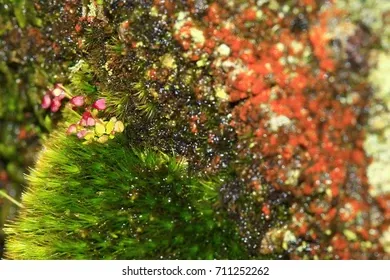
frame-moss-taxiphyllum-sp-rhodobryum-260nw-711252262.jpg from: https://www.shutterstock.com/image-photo/frame-moss-taxiphyllum-sp-rhodobryum-giganteum-711252262
One of the most distinctive features of Rhodobryum giganteum is its unique leaf structure. The leaves are large, oblong, and pointed, with a distinct midrib running along their length. This midrib is particularly pronounced, adding to the moss’s overall robust appearance.
Global Distribution and Habitat
Rhodobryum giganteum is a cosmopolitan species, meaning it can be found across various regions of the world. It thrives in temperate and subtropical
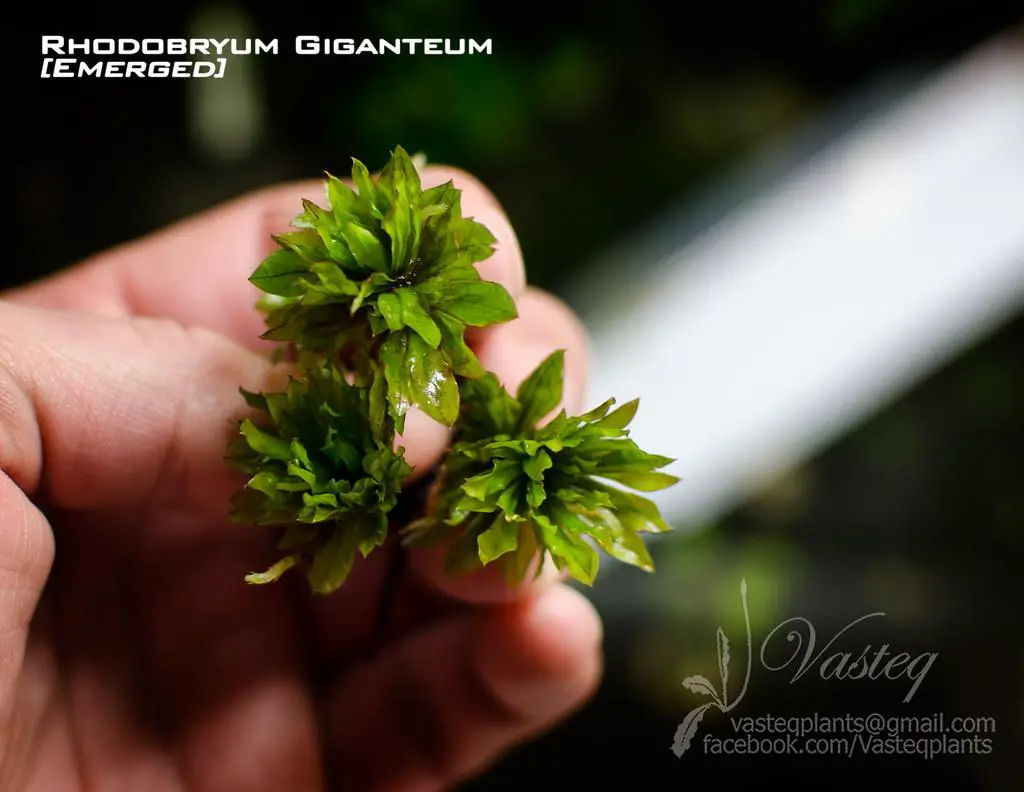
33156423102_55eacc51ca_b.jpg from: https://www.flickr.com/photos/62693539@N07/albums/72157679253292221
areas, preferring moist and shaded environments such as forests, woodlands, and stream banks. This moss is particularly abundant in regions with high humidity and moderate temperatures, as these conditions support its growth and reproduction.
Ecological Roles and Adaptations
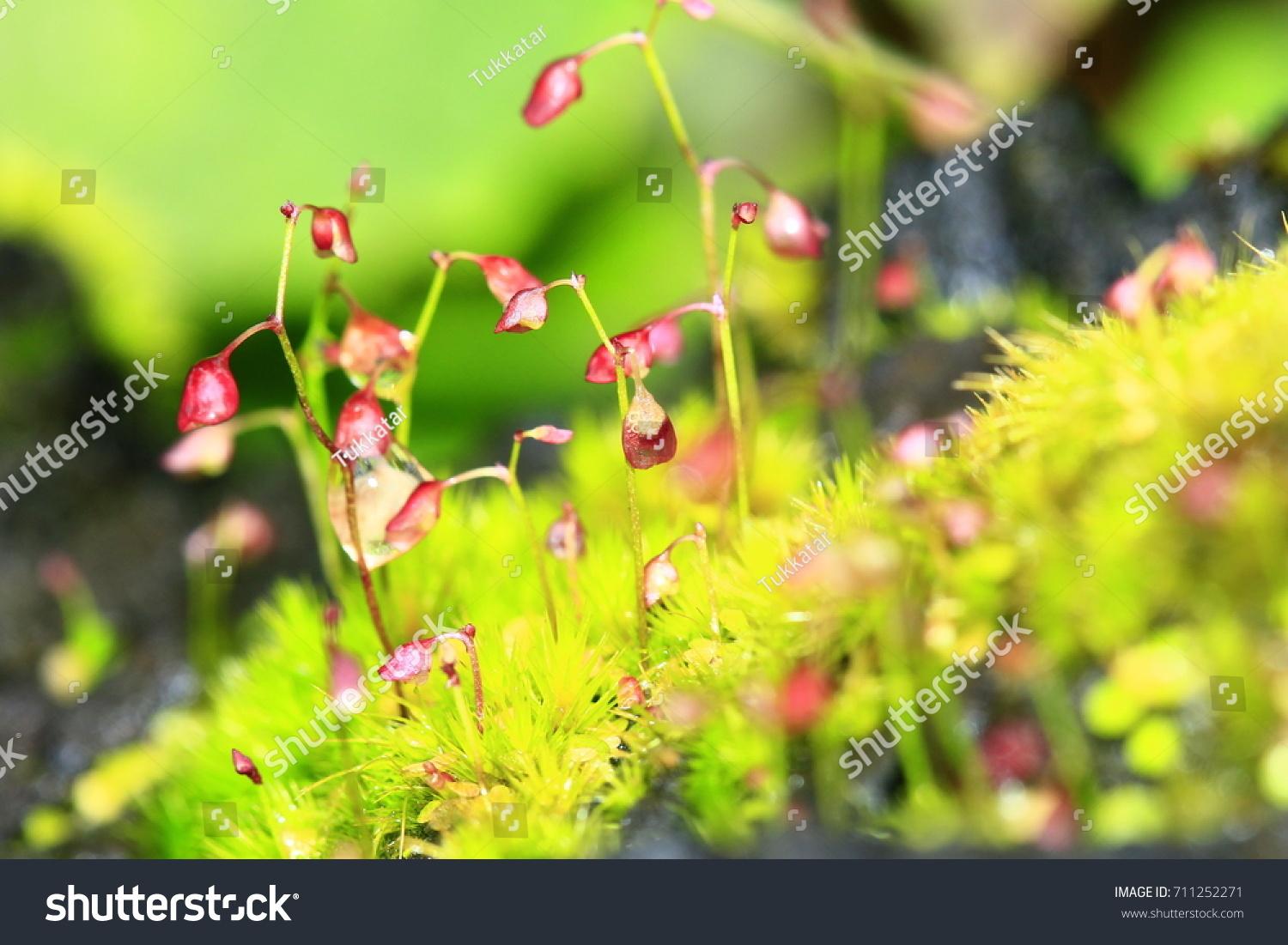
stock-photo–frame-moss-taxiphyllum-sp-rhodobryum-giganteum-in-the-nature-711252271.jpg from: https://www.shutterstock.com/image-photo/frame-moss-taxiphyllum-sp-rhodobryum-giganteum-711252271
Despite its unassuming appearance, Rhodobryum giganteum plays a vital role in its ecosystem. As a pioneer species, it is often one of the first plants to colonize disturbed or bare areas, helping to stabilize the soil and pave the way for other plant life to establish itself.
This moss is also an excellent
sg-11134201-23010-2j5jrrh3ezlva7 from: https://shopee.com.my/Umbrella-moss-Rhodobryum-Giganteum-paludarium-moss-rare-moss-terrarium-paludarium-i.329049955.19326059481
indicator of environmental conditions. Its presence or absence can provide valuable insights into the health of an ecosystem, as it is sensitive to factors such as air pollution, soil quality, and moisture levels.
One of the remarkable adaptations of Rhodobryum giganteum is its ability to tolerate desiccation. During periods of drought, the moss can enter a state of dormancy, reviving itself once moisture becomes available again. This resilience allows it to thrive in environments with fluctuating water availability.
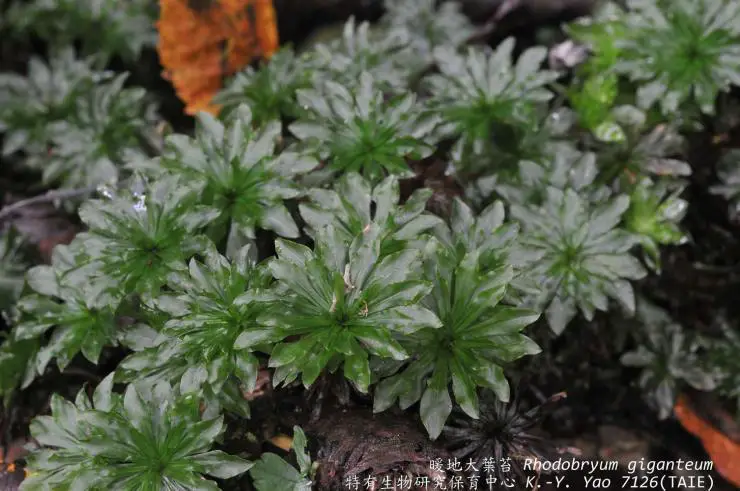
051f92efc684fd48548d6d2da5143add.jpg from: https://taieol.tw/muse/digi_object/81e0b54b26986b46d5ddb276c7ba1eba
Case Studies/Examples
In the Pacific Northwest region of North America, Rhodobryum giganteum is a common sight in old-growth forests. Its presence is often an indicator of a healthy, undisturbed ecosystem, as it requires specific conditions to flourish. Researchers have used this moss as a biomonitor to assess the impact of human activities, such as logging and urbanization, on these fragile environments.
Technical Table
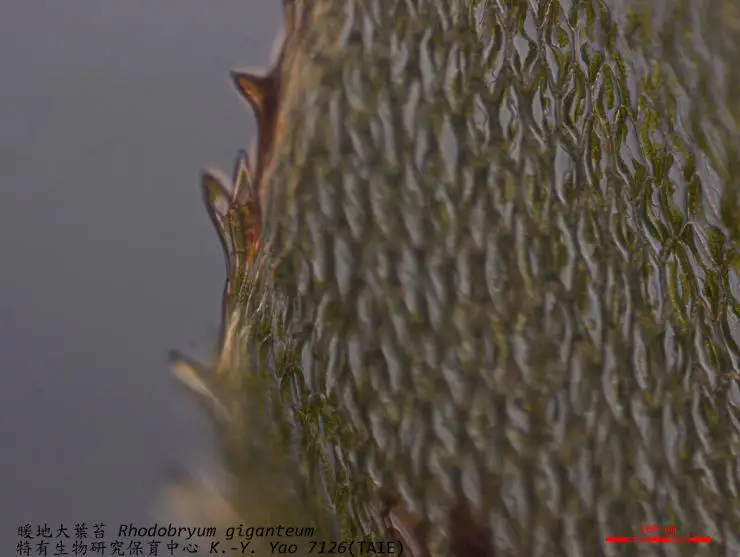
b2ebaaf92487472a174201f52e9a1005.jpg from: https://openmuseum.tw/muse/digi_object/54be8cfcc04597c7a665d006d82c0711
| Characteristic | Description |
|---|---|
| Scientific Name | Rhodobryum giganteum (Schwägr.) Paris |
| Family | Bryaceae |
| Common Name | Rhodobryum |
| Height | Up to 20 cm |
| Leaf Structure | Large, oblong, pointed, with a distinct midrib |
| Habitat | Temperate and subtropical forests, woodlands, stream banks |
| Distribution | Cosmopolitan |
| Ecological Role | Pioneer species, soil stabilizer, environmental indicator |
| Adaptations | Desiccation tolerance, dormancy |
Conclusion
Rhodobryum giganteum is a true marvel of the bryophyte world, standing tall and proud among its moss brethren. Its impressive stature, unique morphology, and remarkable adaptations make it a fascinating subject of study for botanists and nature enthusiasts alike. As we continue to explore and appreciate the diversity of plant life on our planet, this giant moss serves as a reminder of the intricate beauty and resilience that can be found in even the smallest of organisms.
Ponder this: In a world where towering trees often steal the spotlight, what lessons can we learn from the unassuming yet extraordinary Rhodobryum giganteum?